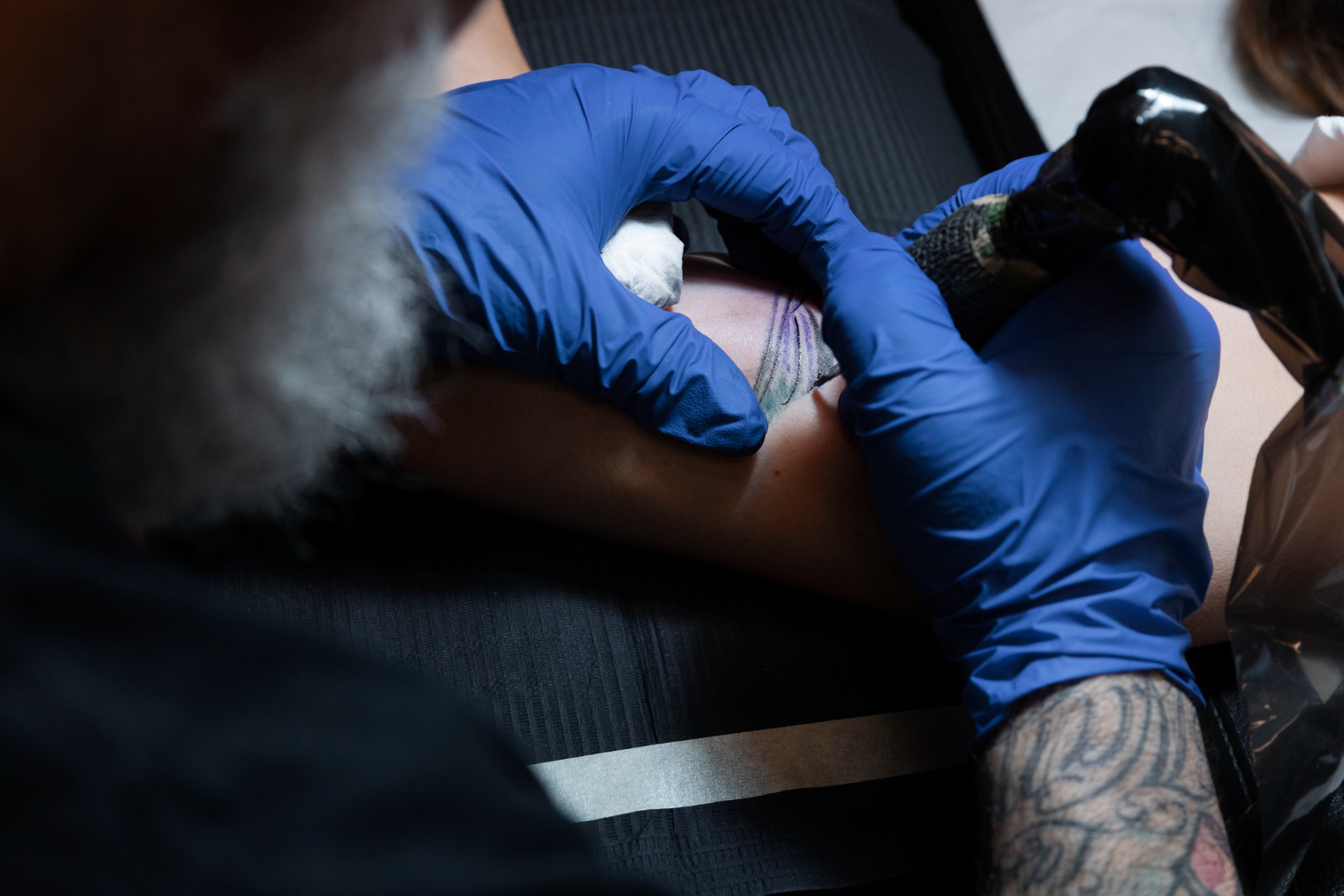Welcome To All Care Medical Center LLC

By Admin
May 31, 2023
Introduction
Tattoos have grown in favor, but not everyone is happy with their inked creations for life. Tattoo removal has grown in favor of a remedy for a variety of reasons, including individual taste changes, the need for a fresh start, and the wish to get rid of ink associated with an ex-partner. While laser tattoo removal is a well-known option, there is another method that has gained attention: tattoo removal cream. This article will examine the operation of tattoo removal cream, its efficacy, and the factors you should take into account before using it.
Tattoo removal creams are topical products specifically designed to fade or eliminate tattoos gradually. These lotions often have a blend of active chemicals that work together to dissolve tattoo ink under the skin. Unlike laser tattoo removal, which uses high-intensity light beams to break apart the ink particles, tattoo removal creams aim to fade the tattoo over time by penetrating the skin.
Most tattoo removal creams contain a blend of active ingredients that target the tattoo pigments. Let's explore some of the standard parts in these creams in more detail:
It's important to note that different tattoo removal creams may have varying ingredient combinations. Always read the product label and consult with a dermatologist before using any tattoo removal cream.
When using tattoo removal cream, it's crucial to follow the instructions provided by the manufacturer. However, the general application process involves the following steps:
1. Wash the skin: Entirely clean the tattooed area with mild soap and water, securing there are no lotions, oils, or debris on the skin.
2. Apply the cream: Use a clean finger or applicator to apply a thin layer of the tattoo removal cream directly onto the tattooed area. Massage it gently to ensure proper absorption.
3. Allow absorption: Give the cream enough time to absorb into the skin. The recommended waiting period is typically mentioned in the product instructions.
4. Repeat the process: Depending on the brand and the tattoo's size and color intensity, you may need to repeat the application process several times a day or as instructed.
5. Monitor progress: Regularly assess the tattoo's fading progress. It's important to be patient as tattoo removal cream is not an instant solution.
It's essential to manage expectations when using tattoo removal creams. The value of these lotions changes from individual to individual and relies on diverse factors, such as the tattoo's age, size, color, and depth in the skin. Additionally, professional tattoos, particularly those with darker or more vibrant inks, may be more resistant to removal creams.
Before using tattoo removal cream, consider the following:
1. Consult a dermatologist: It's advisable to consult a dermatologist before using any tattoo removal cream. They can evaluate your tattoo, skin type, and recommend the best approach for tattoo removal.
2. Patch test: Perform a patch test on a small, inconspicuous area of your skin to check for any adverse reactions or allergies to the cream.
3. Be patient: Tattoo removal is a gradual process, and complete removal may not be achievable with creams alone. Patience and consistency are key.
4. Follow instructions: Always follow the instructions provided with the tattoo removal cream. Overuse or misuse can lead to skin irritation or other adverse effects.
Tattoo removal creams offer an alternative method for gradually fading or eliminating unwanted tattoos. Understanding how these creams work, their ingredients, and the application process is crucial to managing expectations. While they may work for some individuals, it's important to consult a dermatologist, perform patch tests, and be patient throughout the process. Remember, tattoo removal is a personal journey, and taking the necessary precautions ensures the best possible outcome.
---
Q1: Is tattoo removal cream completely painless?
A: Tattoo removal cream is generally considered less painful compared to laser tattoo removal or other invasive procedures. However, individual experiences may vary, and some users may still experience mild discomfort or skin irritation.
Q2: Can tattoo removal cream completely remove a tattoo?
A: Complete removal of a tattoo with just a tattoo removal cream is unlikely. The effectiveness depends on various factors, and professional tattoos may require additional treatments or procedures.
Q3: Are tattoo removal creams suitable for all skin types?
A: Tattoo removal creams may not be suitable for everyone, especially individuals with sensitive skin or specific skin conditions. It's advisable to consult a dermatologist before using any tattoo removal cream.
Q4: How long does it take to see results with tattoo removal cream?
A: The fading process with tattoo removal cream is gradual and may take several weeks or months to notice visible results. Consistency and patience are key factors for successful outcomes.
Q5: Can tattoo removal creams cause scarring?
A: When used as directed, tattoo removal creams are unlikely to cause scarring. However, improper use, allergic reactions, or picking at the treated area can potentially lead to scarring or skin damage.